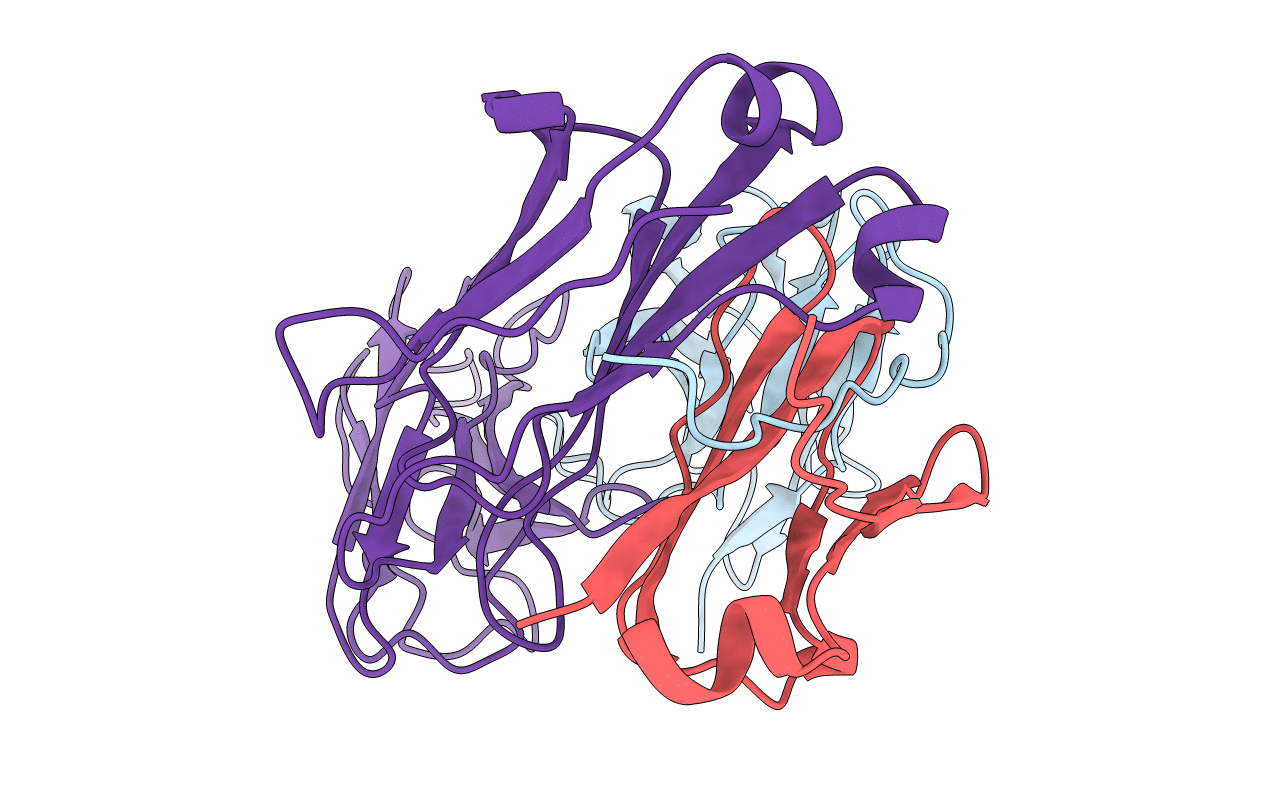
Deposition Date
1999-05-06
Release Date
2000-01-12
Last Version Date
2024-11-13
Method Details:
Experimental Method:
Resolution:
3.00 Å
R-Value Free:
0.28
R-Value Work:
0.18
Space Group:
P 21 21 21


